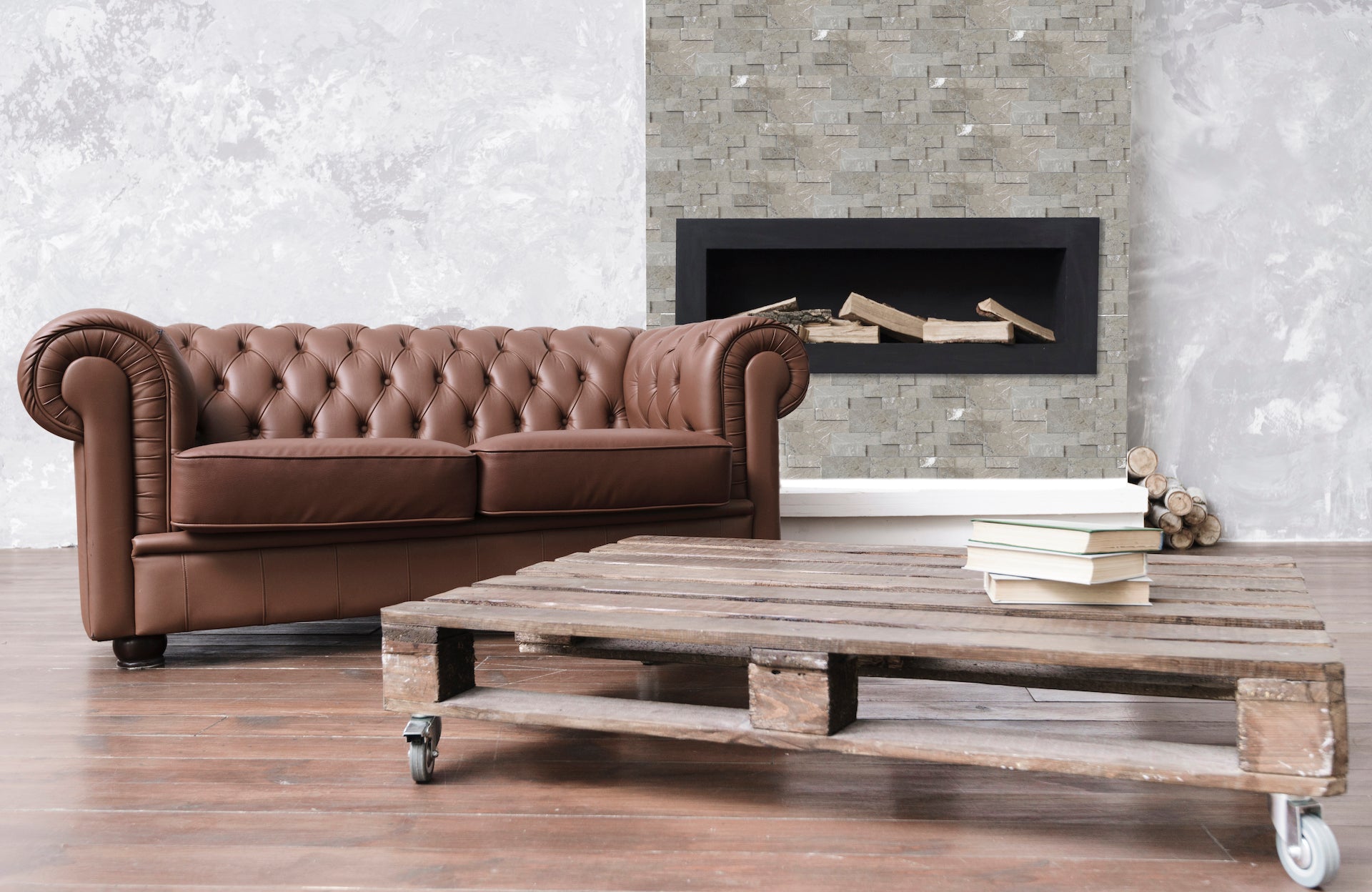
Stone Tile Pavers Wholesaler
TAMPA'S HIGHEST RATED
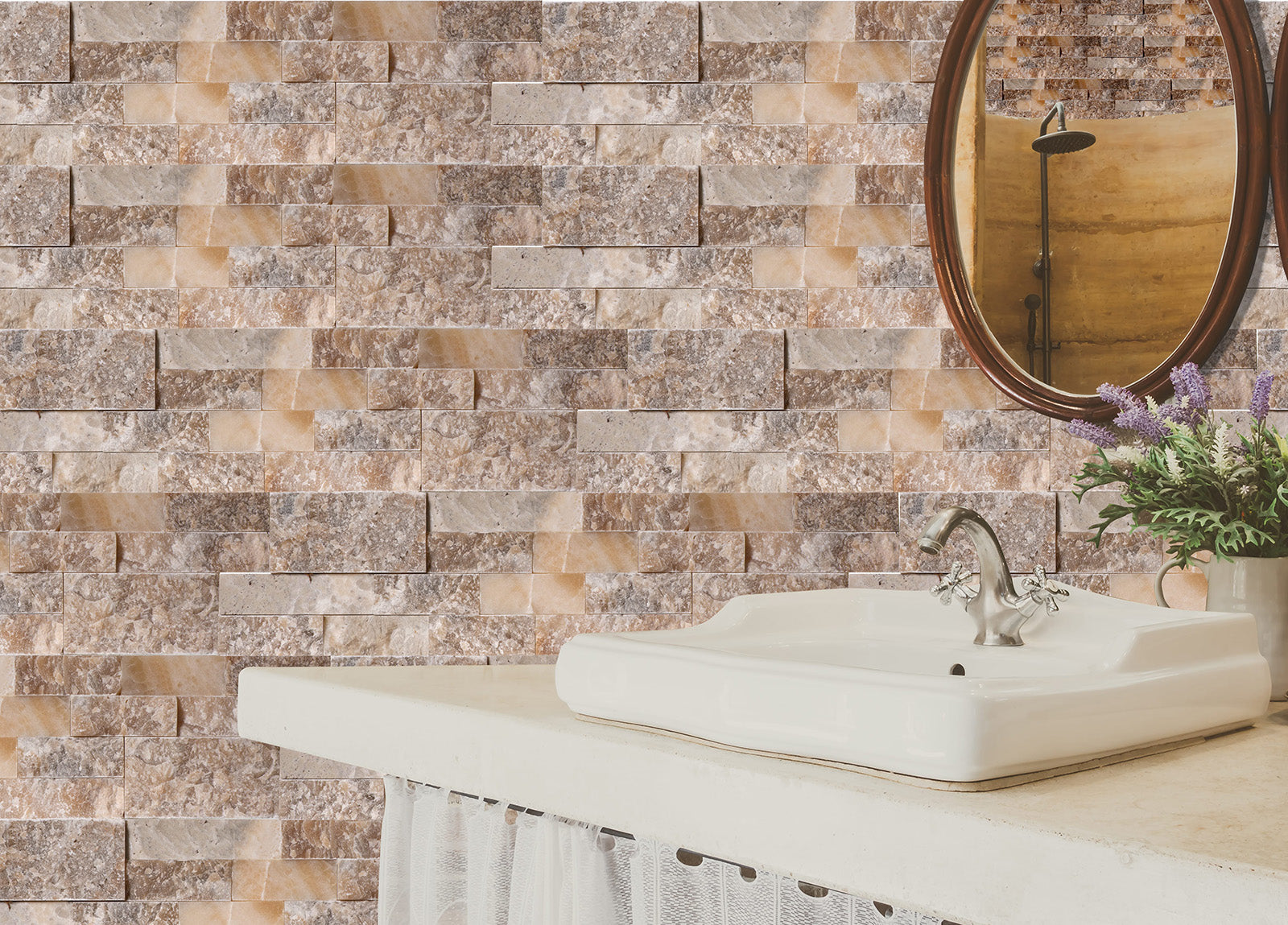
Stone Tile Pavers Wholesaler
TAMPA'S HIGHEST RATED
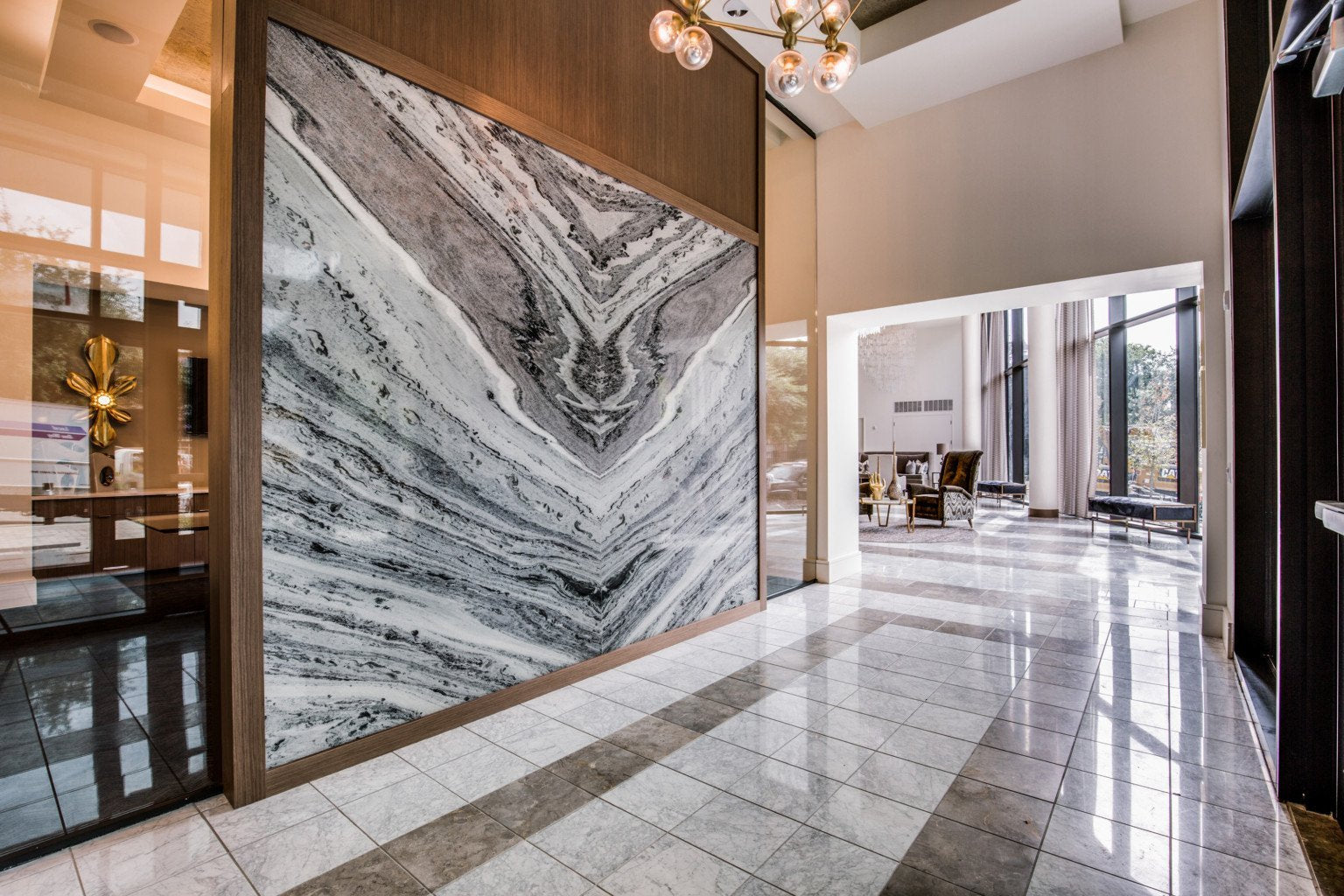
Stone Tile Pavers Wholesaler
TAMPA'S HIGHEST RATED
BUILD YOUR DREAM SPACE
Featured Collections
Check out what's hot!
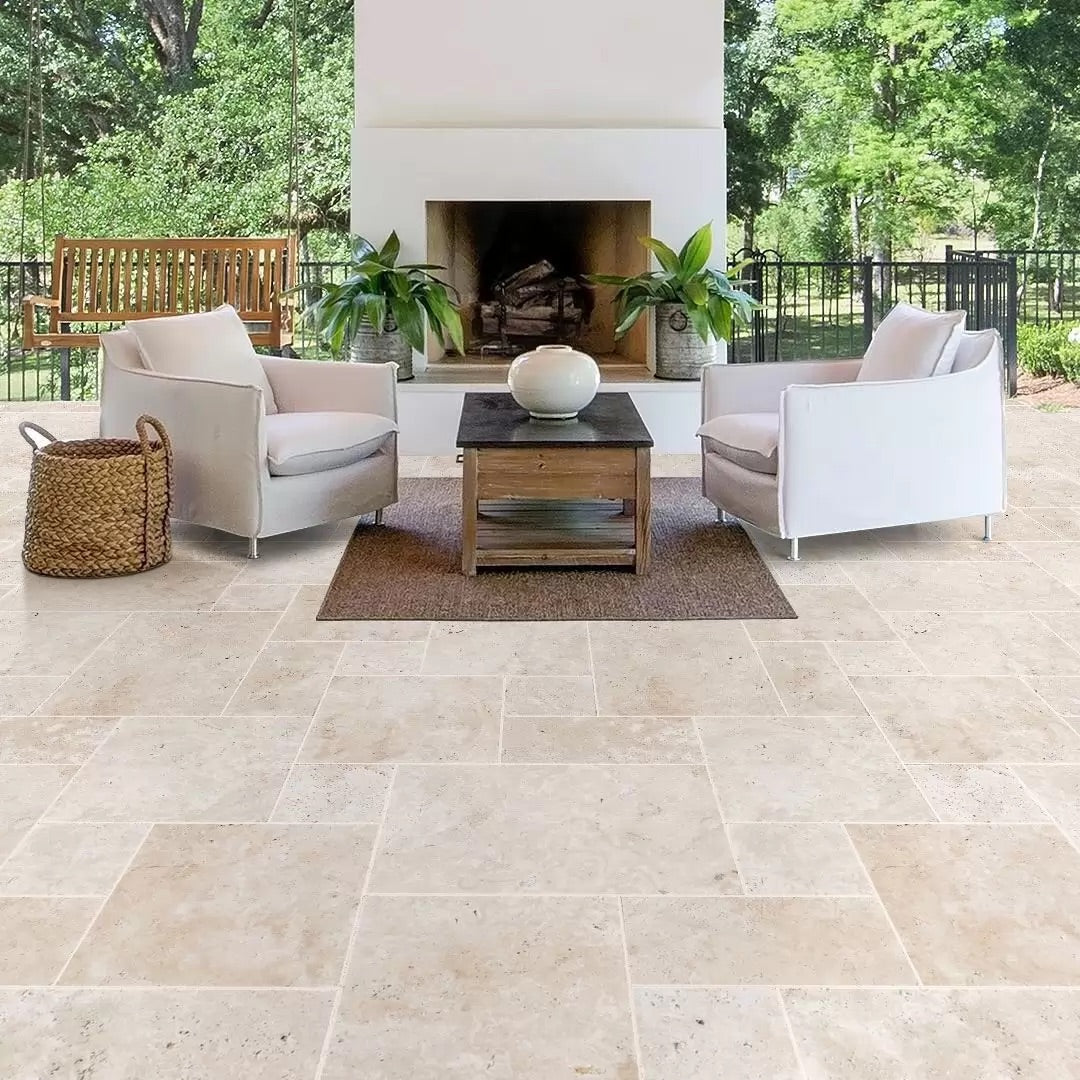
Pavers
Timeless and long-lasting. With their unmatched beauty, natural stone pavers combines luxury and durability.
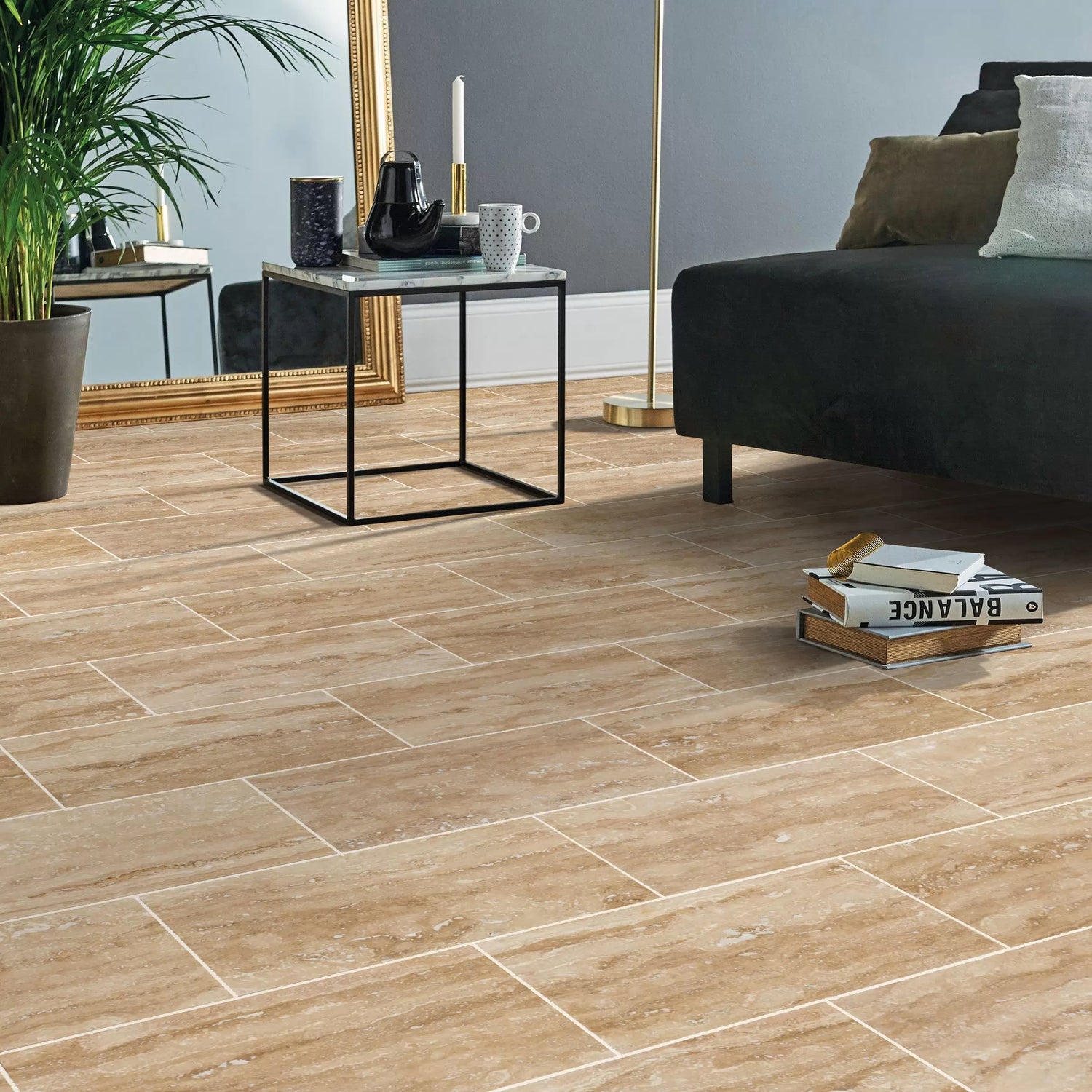
Tiles
From monotone to true luxury. Experience the beauty of the nature inside your home. Natural stone tiles are perfect for living rooms, kitchen and bathrooms.
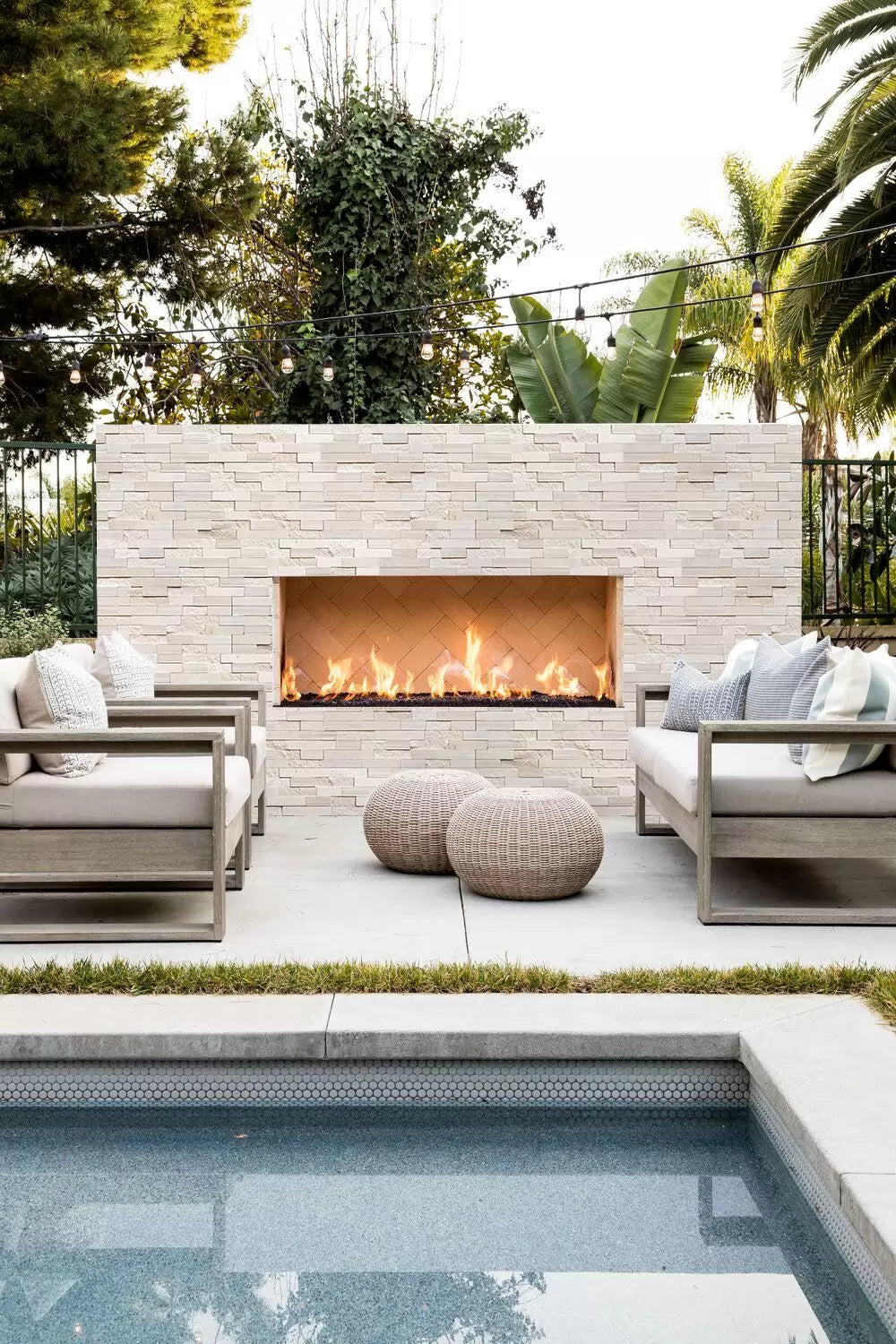
Ledger Panels
Suited for both indoor and outdoor designs, ledger panels will bring a new look for your home.
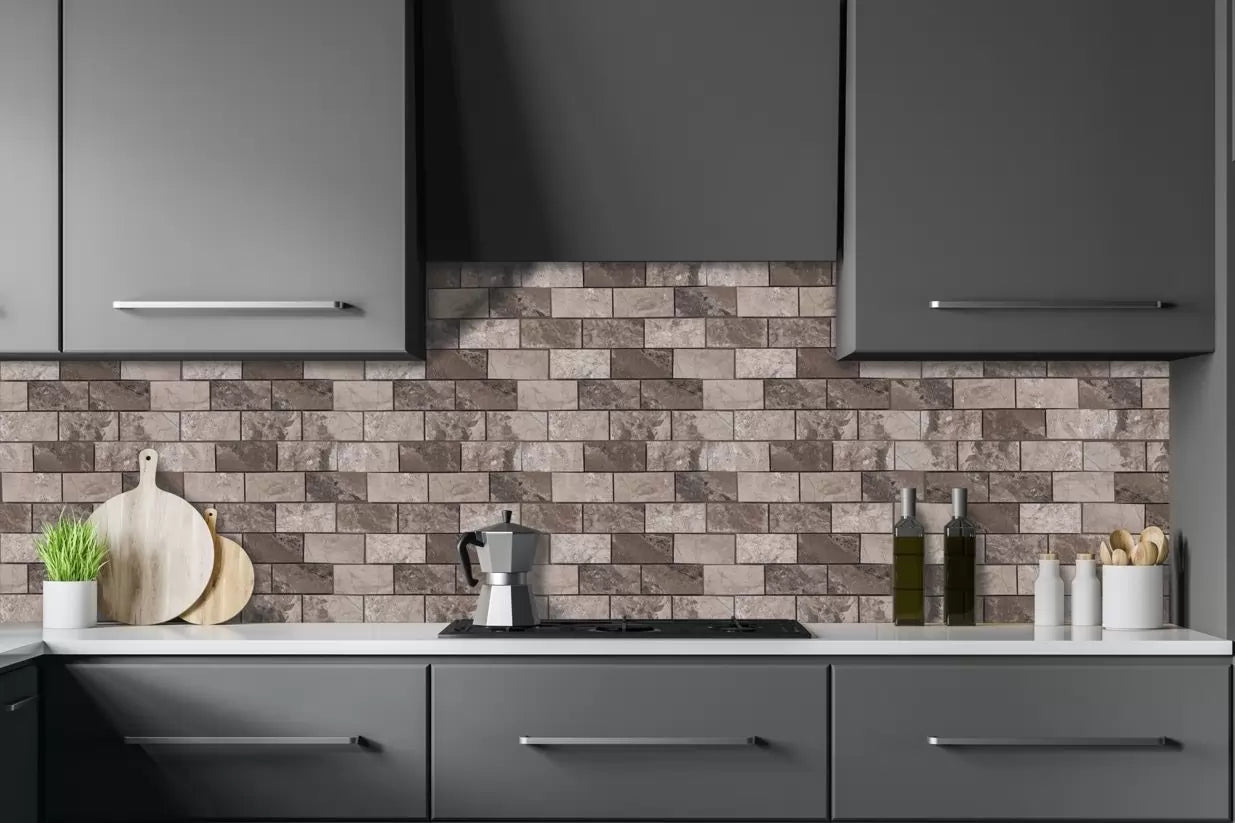
Mosaics
Dazzling patterns, rich textures, and striking contrasts. Mosaic tiles turn kitchens into showcases and bathrooms into galleries.
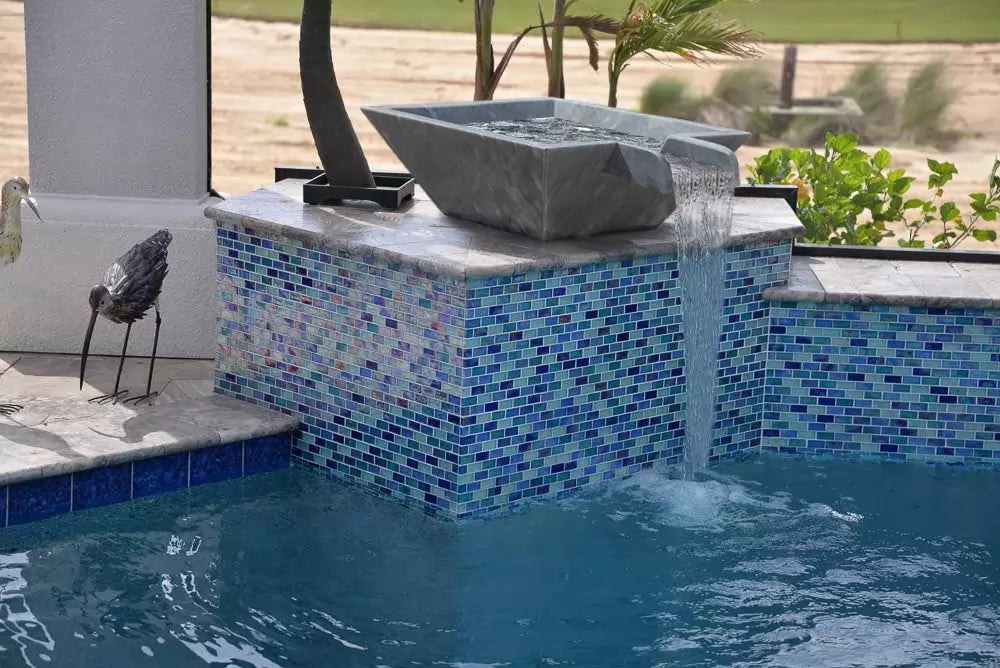
Pool Woks
Pool Woks bring the serenity and freshness of waterfalls to your pools. Experience the tranquil ambiance of a waterfall in your own pool with Pool Woks.
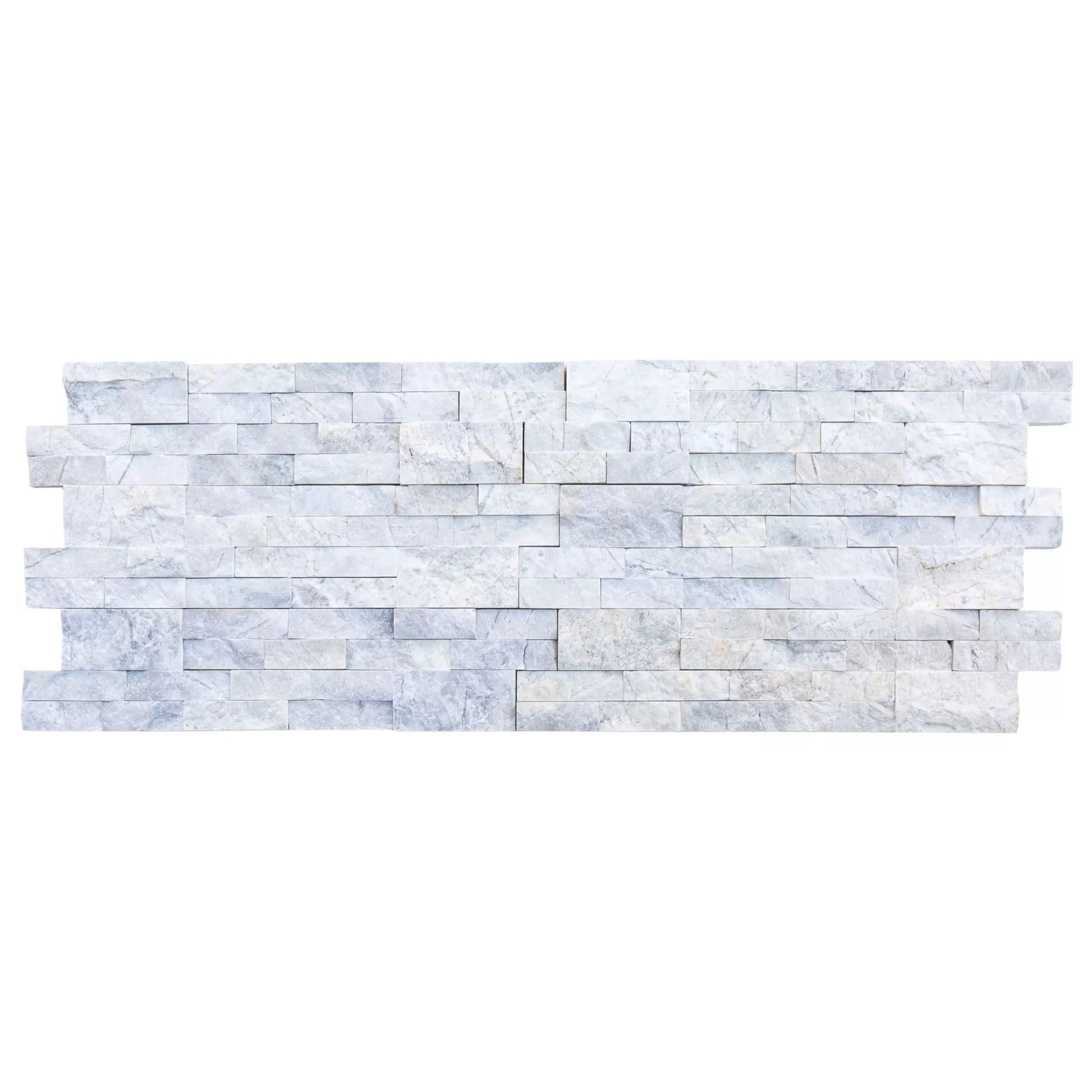
Trending
Palia Dolomite 6x24 Ledger Stone
View full details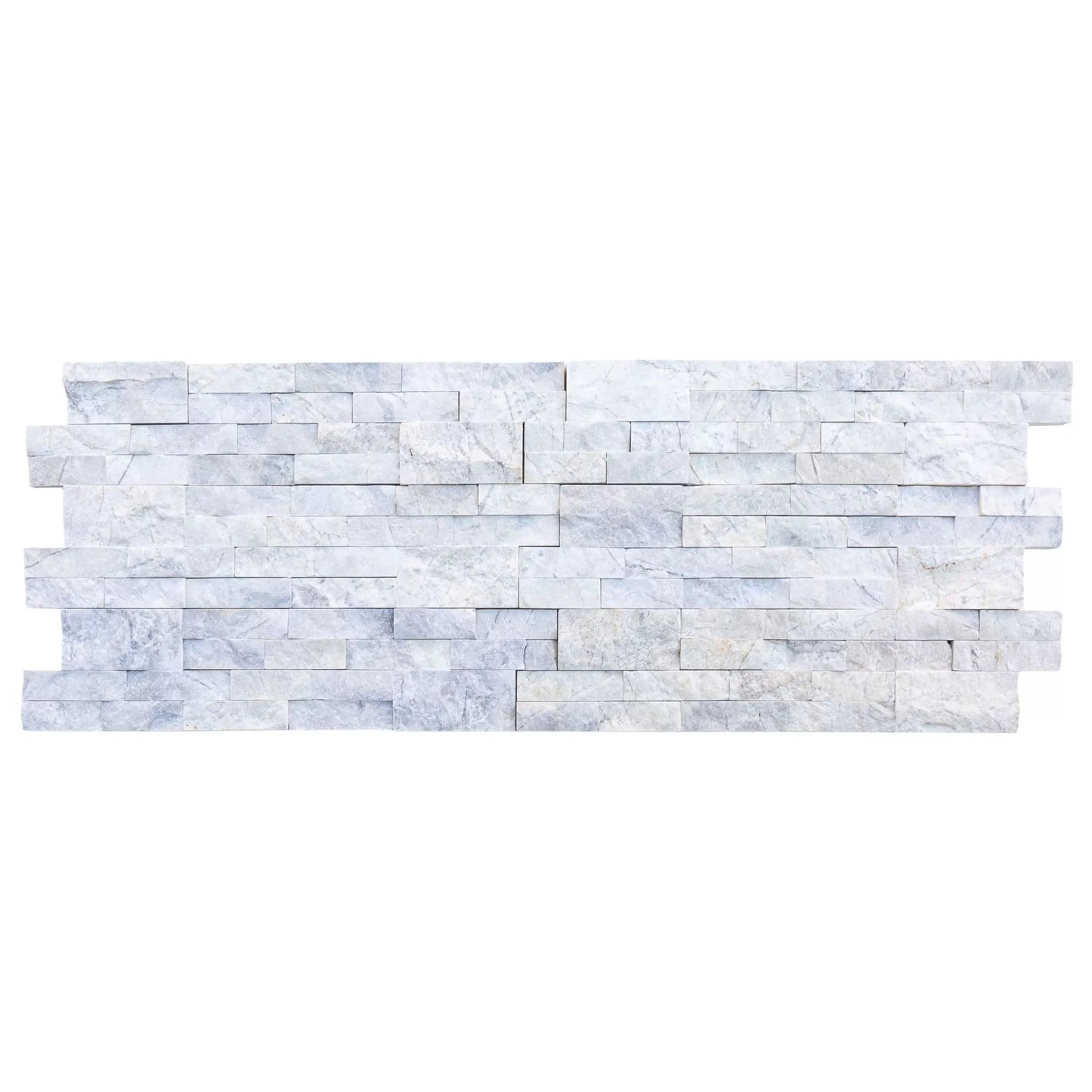
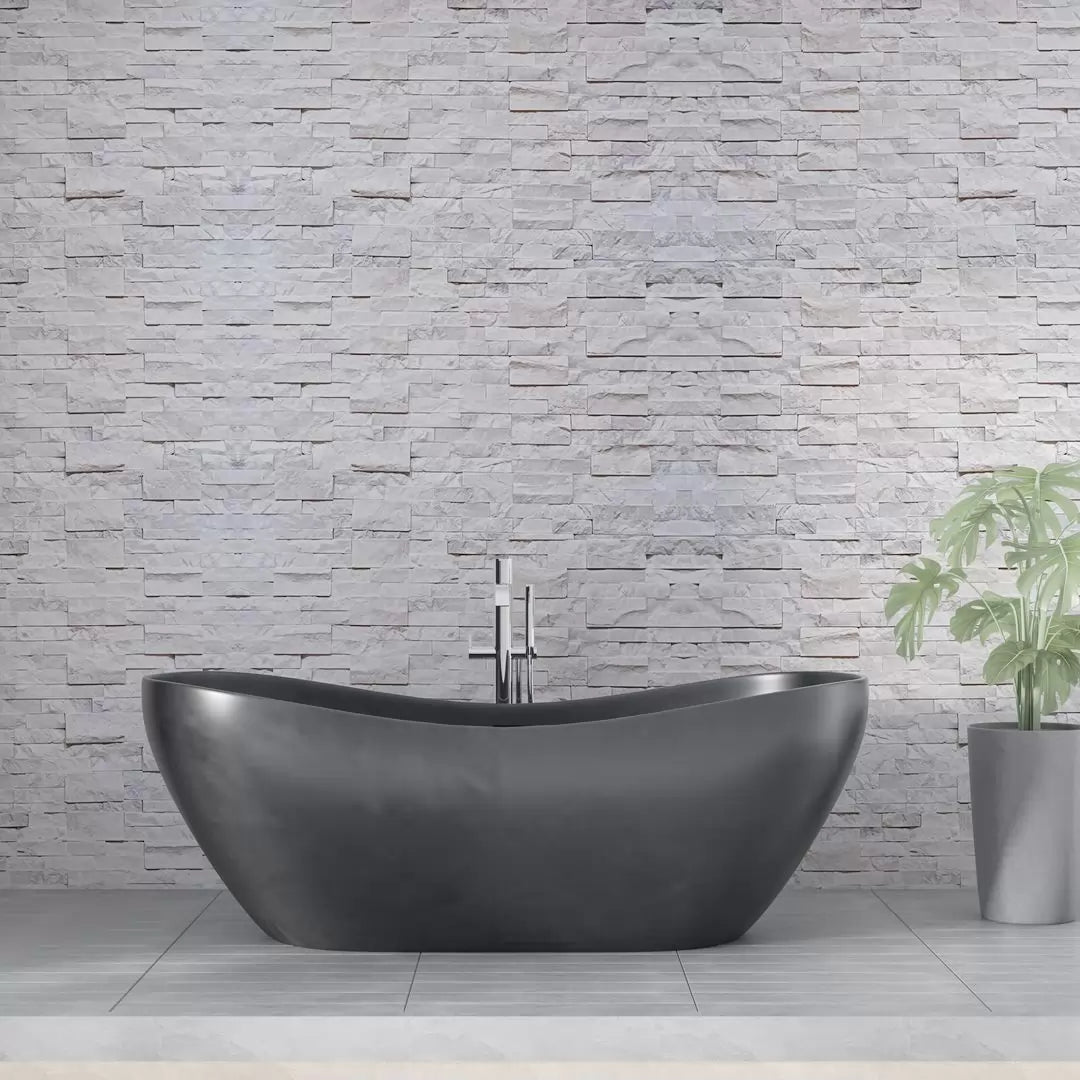
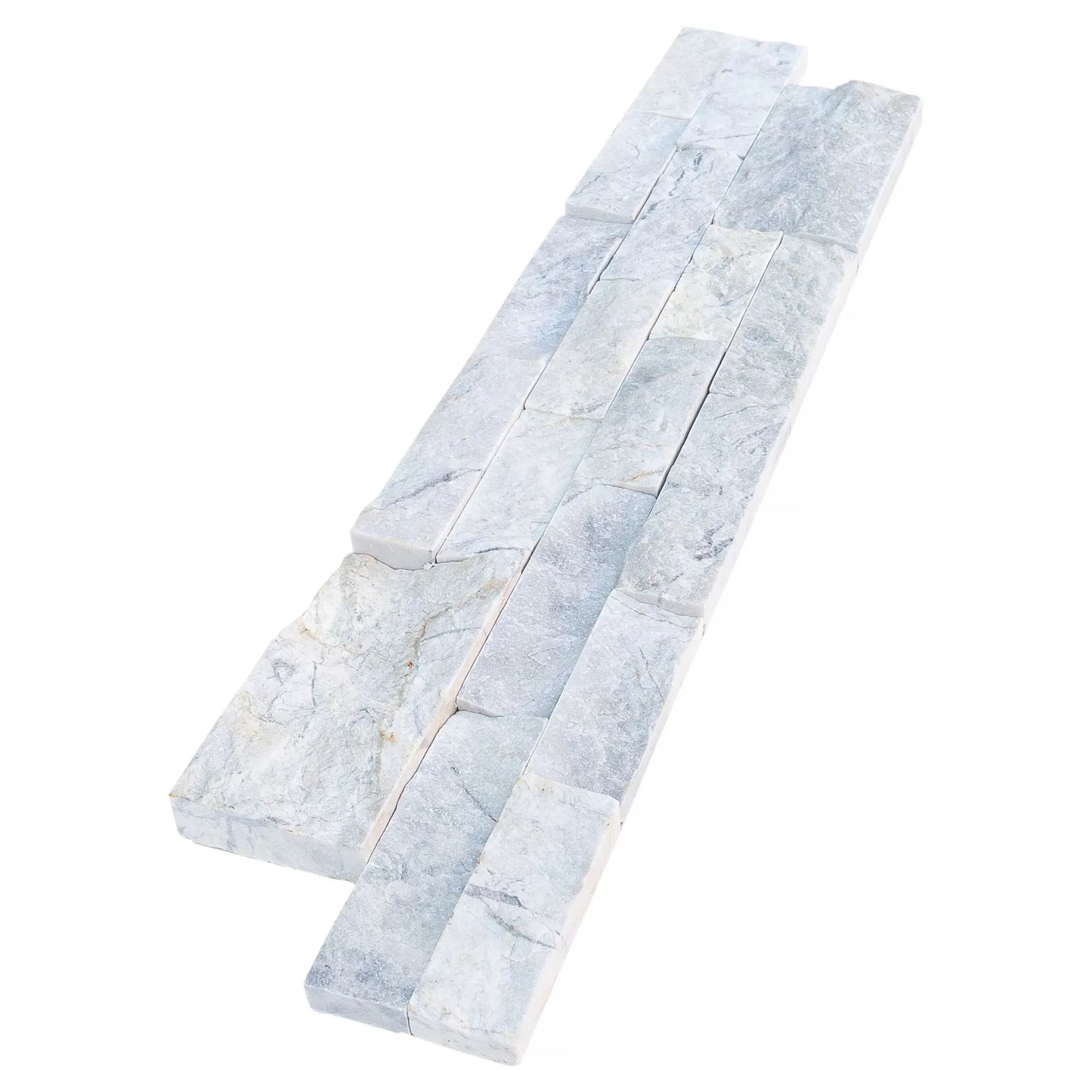
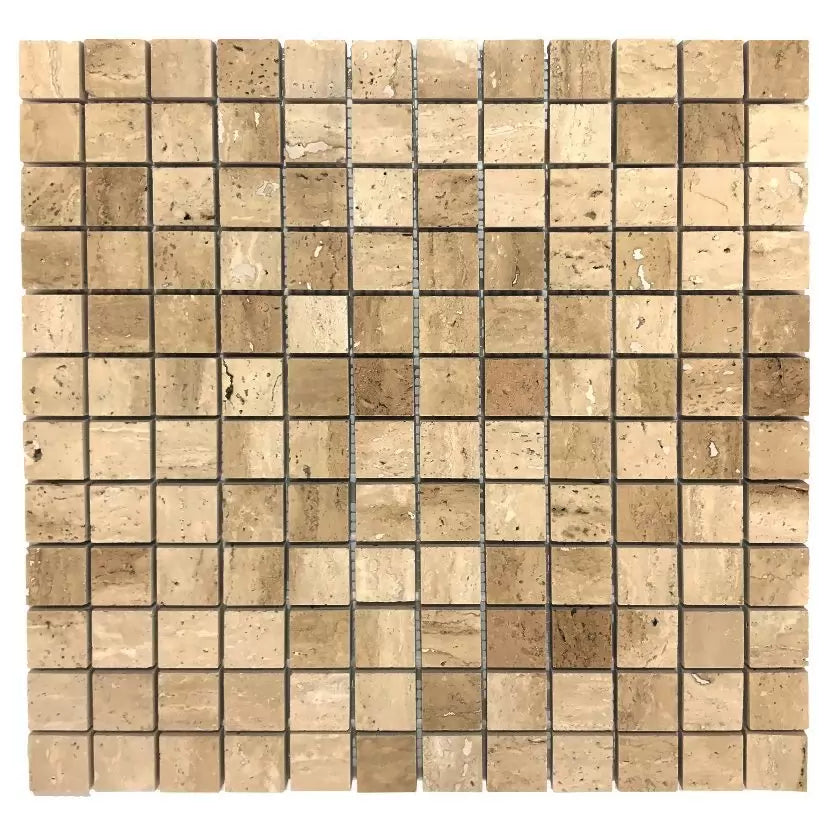
Trending
Patara 1×1 Mosaics
View full details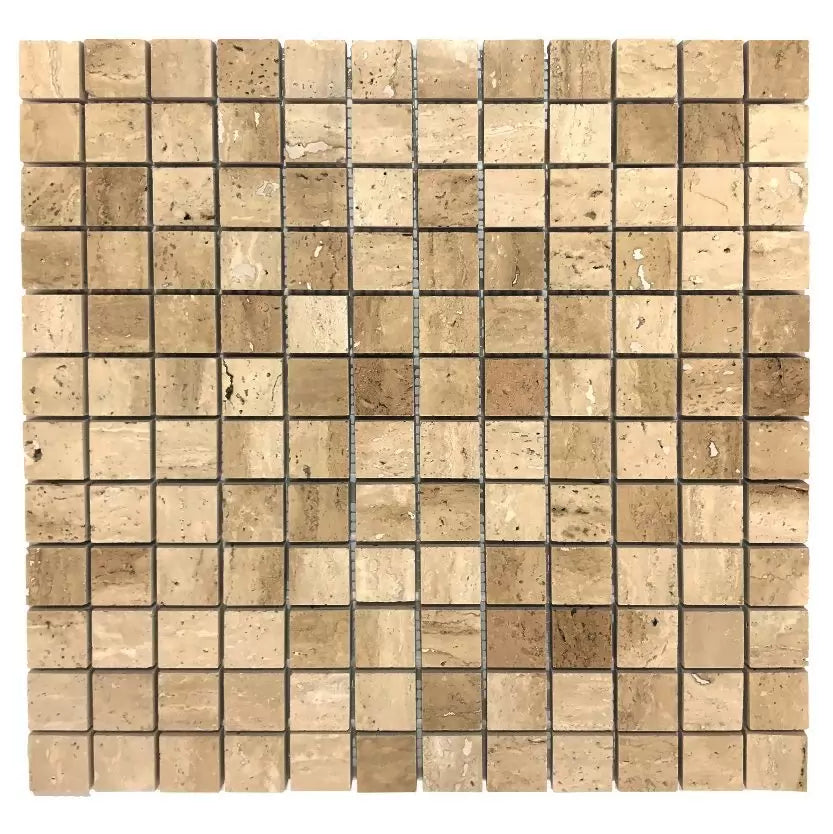
BLOG
Harmony Stone
-
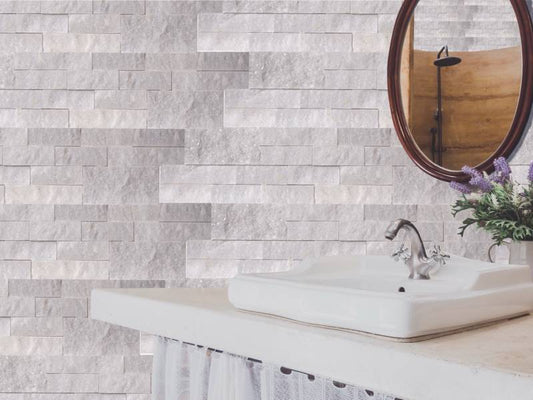
KNOW HOW TO INSTALL SPLIT FACE LEDGER STONE
Different adhesives are preferred according to the type, color and weight of the stone while gluing...
KNOW HOW TO INSTALL SPLIT FACE LEDGER STONE
Different adhesives are preferred according to the type, color and weight of the stone while gluing...
-
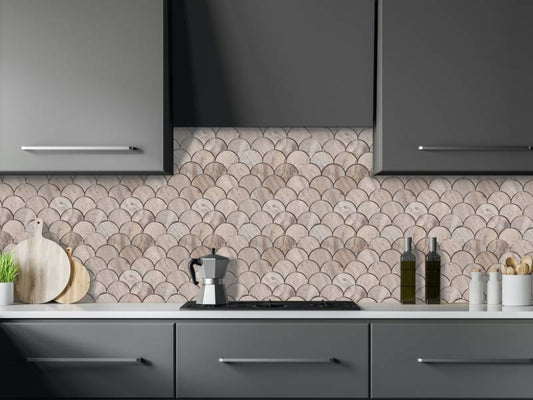
How to Choose Tiles to Make a Small Bathroom Lo...
When looking at different, stylish and useful bathroom designs, striking tile models can make the bathroom...
How to Choose Tiles to Make a Small Bathroom Lo...
When looking at different, stylish and useful bathroom designs, striking tile models can make the bathroom...
-
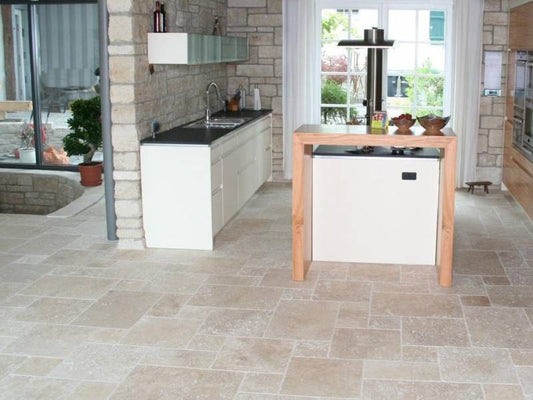
Every Buyer Should Know Before Purchase
Travertine originated from Turkey, although we are able to mine it in our own quarries since Florida is rich in limestone...
Every Buyer Should Know Before Purchase
Travertine originated from Turkey, although we are able to mine it in our own quarries since Florida is rich in limestone...
FAQs
Harmony FAQs
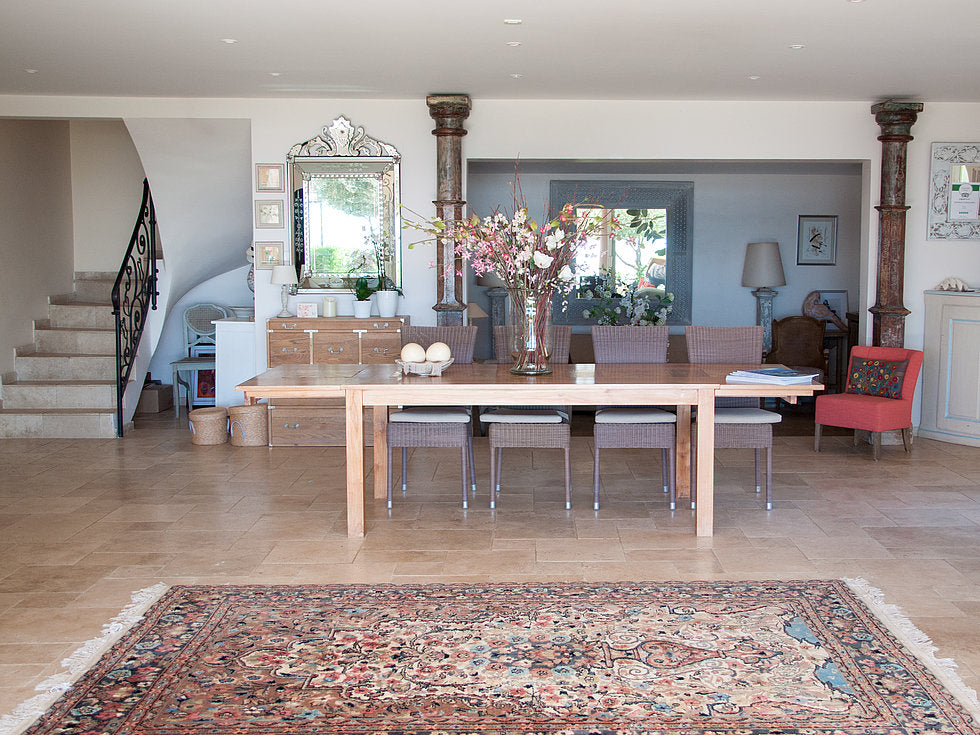
How thick are the tiles?
All pavers are 1 and 1/4 (1.25″) inch thick.
What are French Pattern Pavers?
French Pattern Pavers are a bundle set of the following sizes (1¼” thick): 8”x8”, 8”x16”, 16”x16”, 16”x24”.
What are French Pattern Tiles?
French Pattern Tiles are a bundle set of the following sizes (0.5″ thick): 8”x8”, 8”x16”, 16”x16”, 16”x24”.
Are you open to the public?
Yes, our hours are Monday to Friday 8:30am – 5pm. We are located at 3900 S. 50th Street, Tampa, FL 33619.
What kind of materials do you sell?
We sell natural stone products such as travertine tiles and pavers, marble tiles, mosaics, and pool copings.
What is the most popular travertine color?
Travertine colors range from warm- to medium-toned neutrals.
You’ll find travertine pavers, slabs, and tiles in soft and warm neutral hues, including ivory, gold, beige, brown, rust, and peach. Typically, the color swirls and waves throughout the stone, creating unique patterns that give travertine its timeless beauty.
What are the differences between marble and travertine?
Marble is formed by heat and pressure in the earth’s crust. The metamorphic process from sedimentary rocks causes a complete recrystallization of the calcium carbonate. The combined action of temperature and pressure, during the transformation of the sedimentary rock into marble, leads to the progressive obliteration of the structures and textures originally present in the rock. This process leads to the destruction of any fossil, stratification or other sedimentary structure present in the original rock.
Travertine is formed under additional high pressures and temperatures, in hot springs and limestone caves. The formation of travertine is related to the rise and release on the surface, in correspondence with the outlet of springs, of thermo-mineral waters very rich in calcium carbonate (which represents the main component of travertine). Its birth, due to a continuous and progressive accumulation of carbonate material from the areas of dissolution to those of deposition, led to a sedimentation of these rocks according to parallel horizontal stratifications, sometimes marked by variations in color and diffuse porosity.



